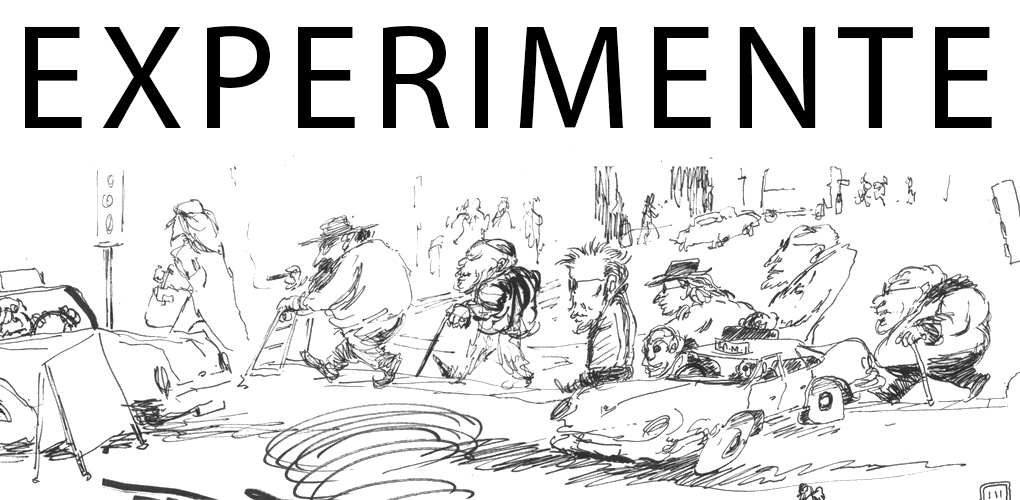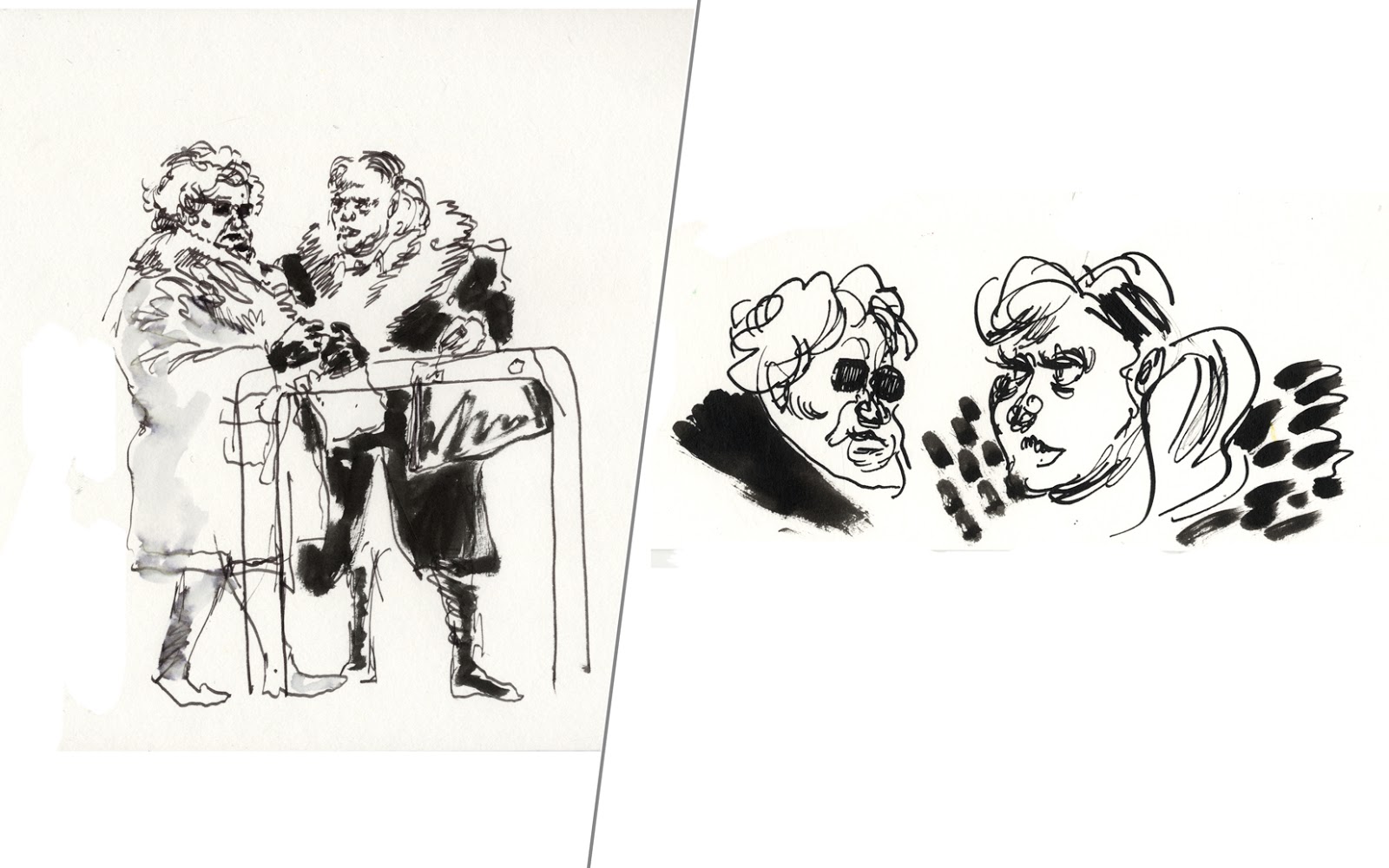Ultimately, I think one learns the most through drawing, through trying different things with drawing, and there is always more of this to do. I think I would have liked to have produced a more conclusive final set of images, although I think there is enough here to suggest what that might have looked like.
Looking back at the early experiments to do with consumerism, I think there is certainly scope for more development and further research. Dealing with challenging topics that alight on different and difficult issues is not easy, and I feel that my responses possibly fell in between several stools - that of direct, cartoon satire, in the traditional sense, and the possibilities of collage and subverting advertising imagery. Future experiments might further consider the use of text in such work and the word/image dynamic, as well as compositional tools and techniques to communicate meaning. A consideration of a wider range of artists might have helped this process.
The later experiments with the races are less complex and more to do with caricature. This is an area I feel relatively comfortable in by comparison but the drawings still enabled me to express something about the Cheltenham racing experience that eluded me in the FMP observational drawings. Further experiments might consider more daring and expressive ways of drawing, now that the groundwork for the main characters has been established.
Overall I feel that the project, while in a creative sense as interesting as the others in the year, suffered somewhat due to being picked up and dropped so frequently due to other deadlines and the imperatives of my FMP. With a chance to have, for example, a month to work on the project solidly having digested some of the early experiments, I believe I may have been able to get into some good things. As it is, I feel I have barely scraped the surface of what it might be possible to do with some research and experimentation around these themes.
AGS 01.05.2014
The later experiments with the races are less complex and more to do with caricature. This is an area I feel relatively comfortable in by comparison but the drawings still enabled me to express something about the Cheltenham racing experience that eluded me in the FMP observational drawings. Further experiments might consider more daring and expressive ways of drawing, now that the groundwork for the main characters has been established.
Overall I feel that the project, while in a creative sense as interesting as the others in the year, suffered somewhat due to being picked up and dropped so frequently due to other deadlines and the imperatives of my FMP. With a chance to have, for example, a month to work on the project solidly having digested some of the early experiments, I believe I may have been able to get into some good things. As it is, I feel I have barely scraped the surface of what it might be possible to do with some research and experimentation around these themes.
AGS 01.05.2014




































































